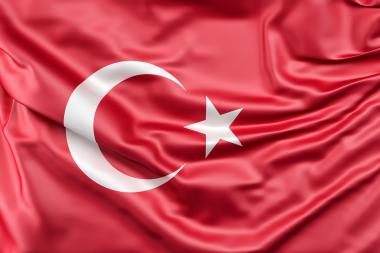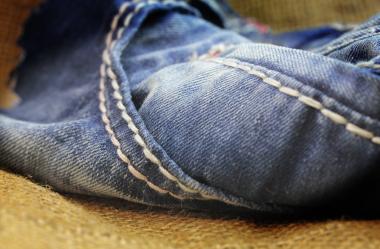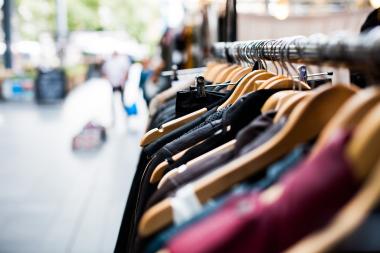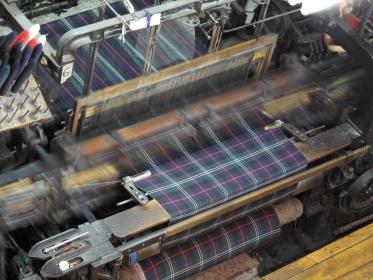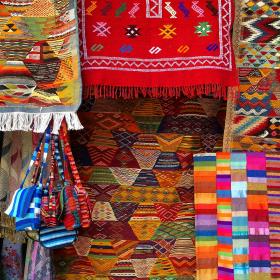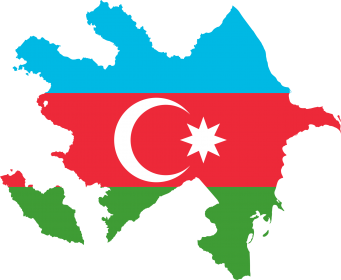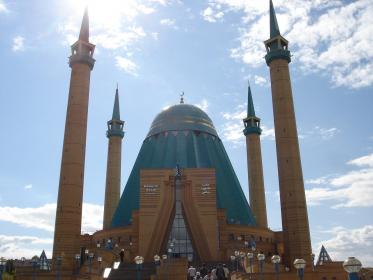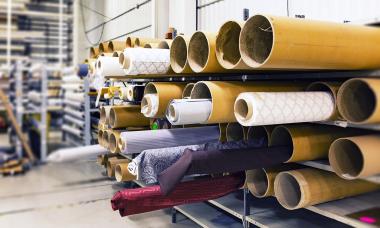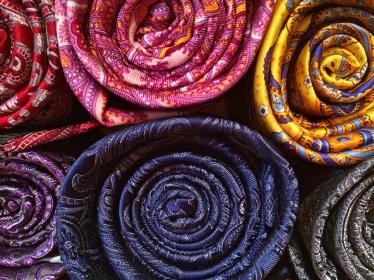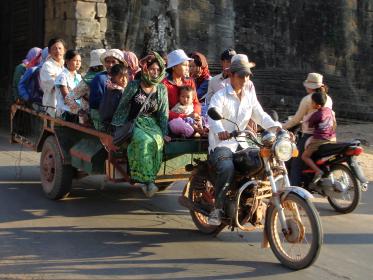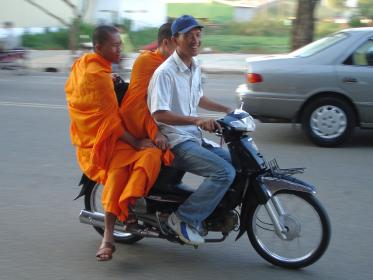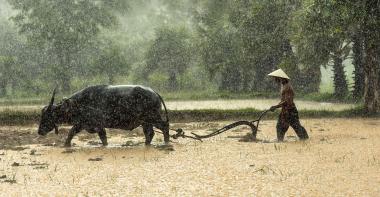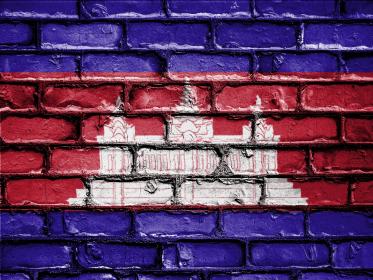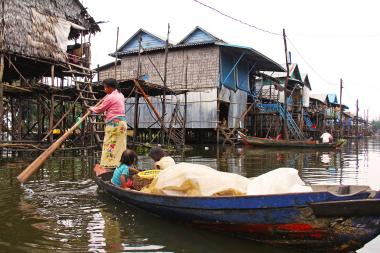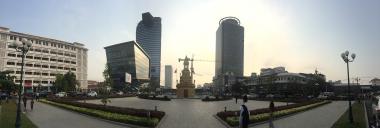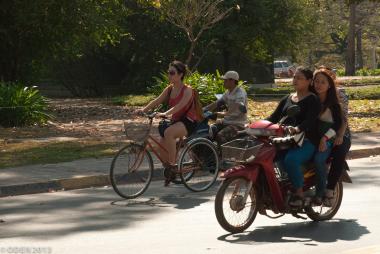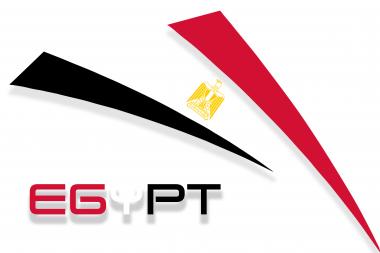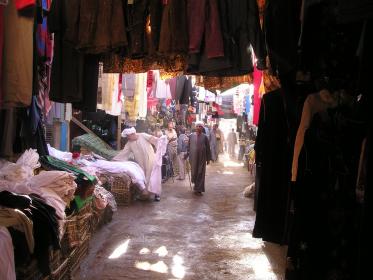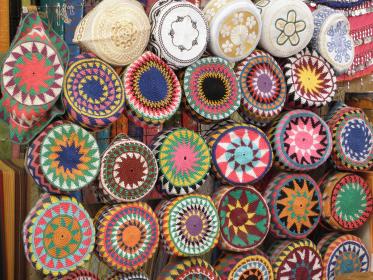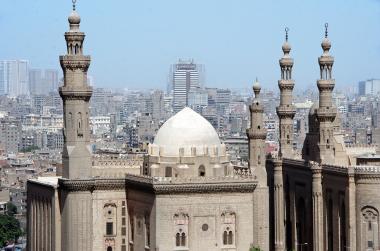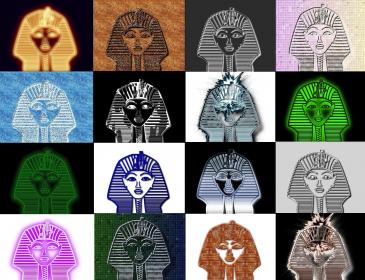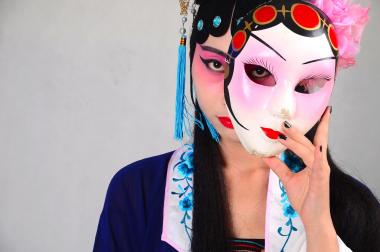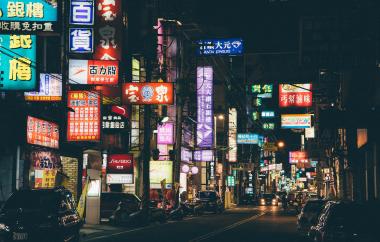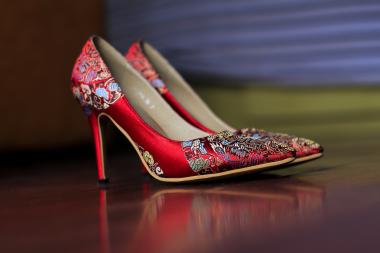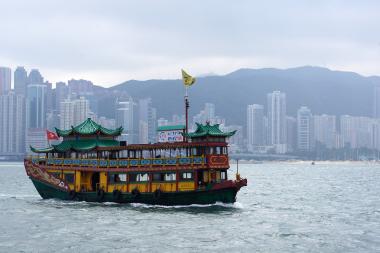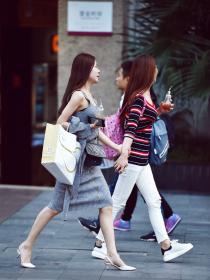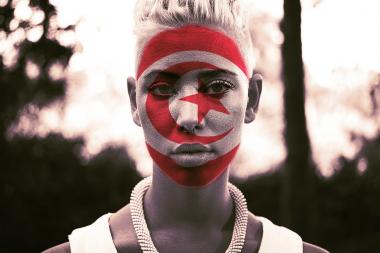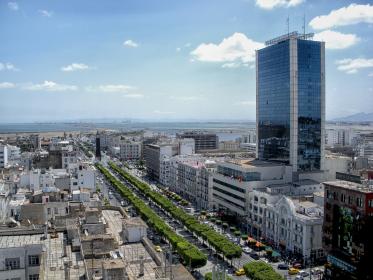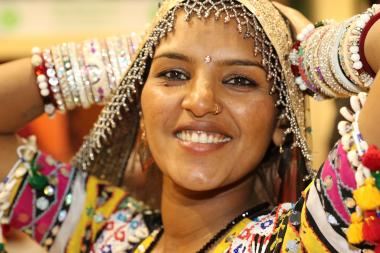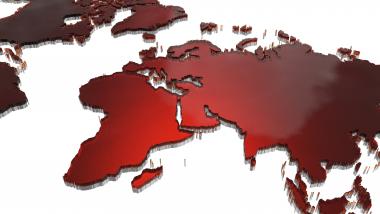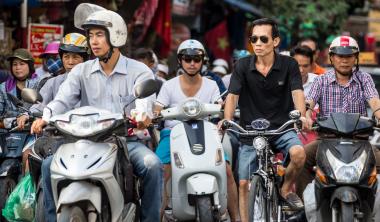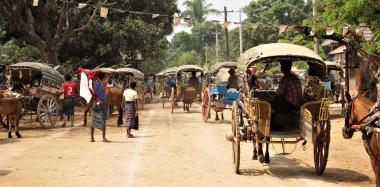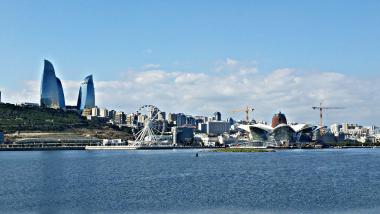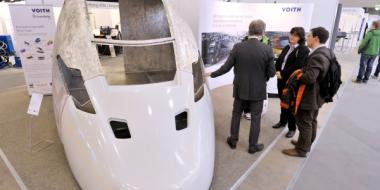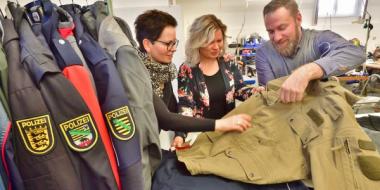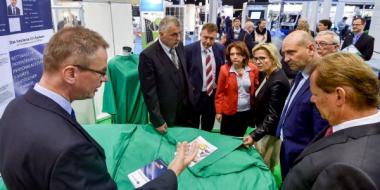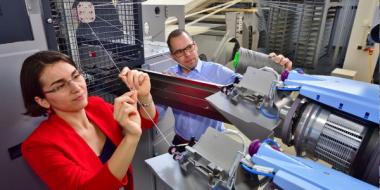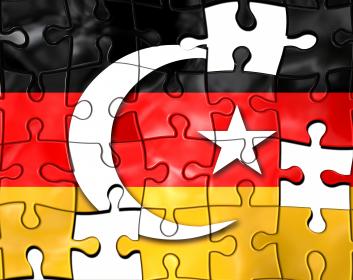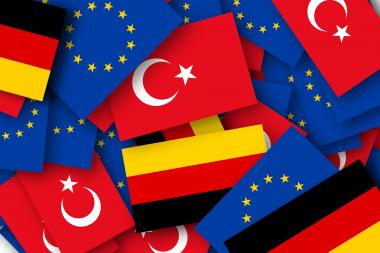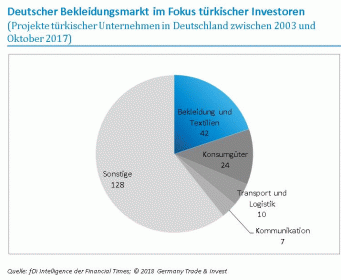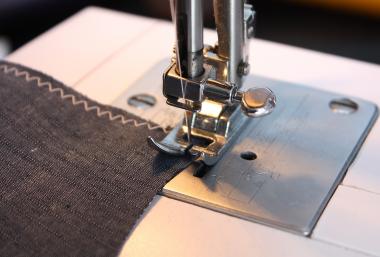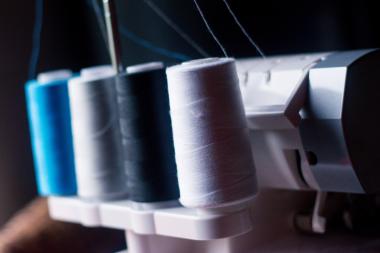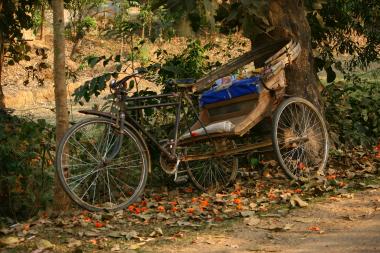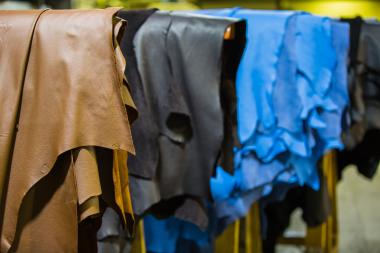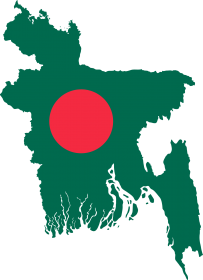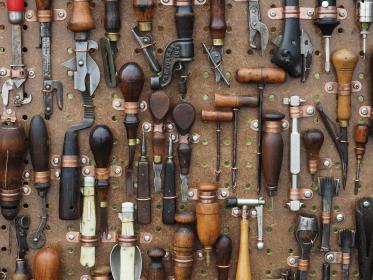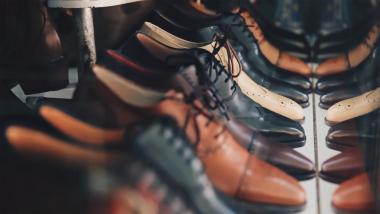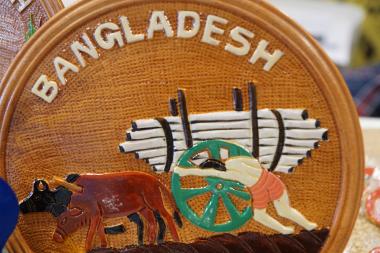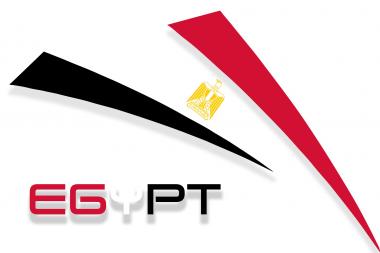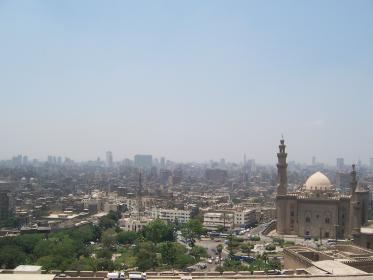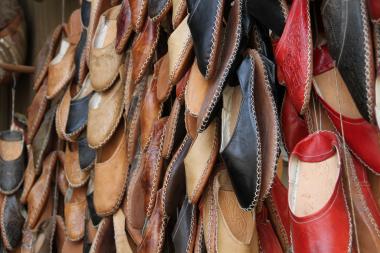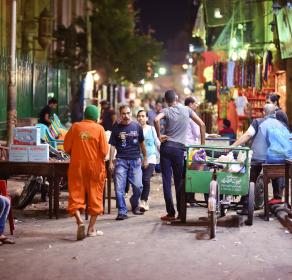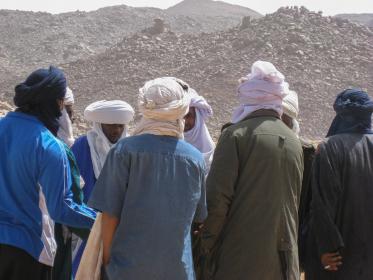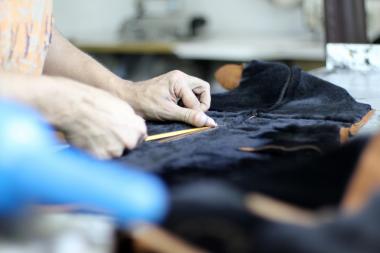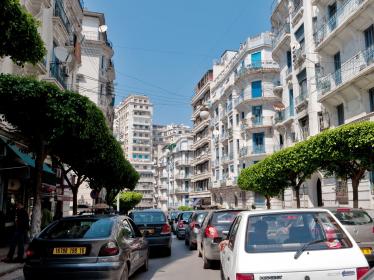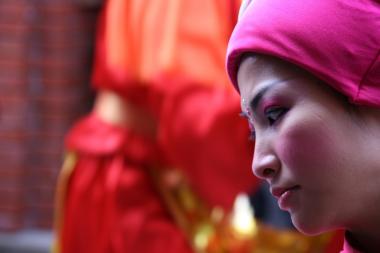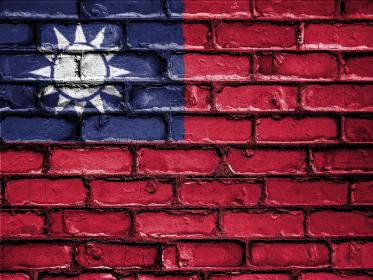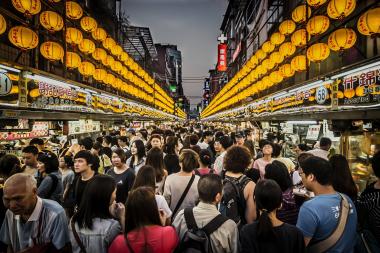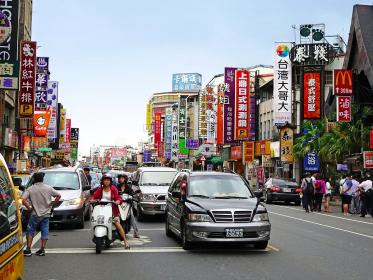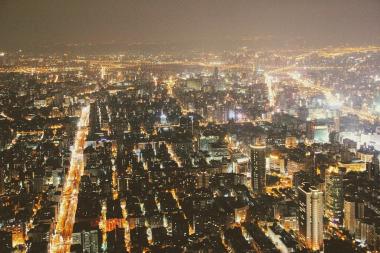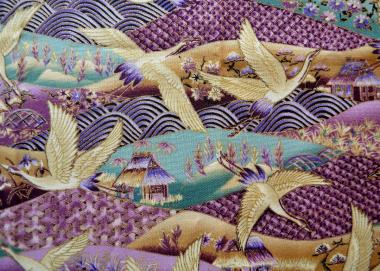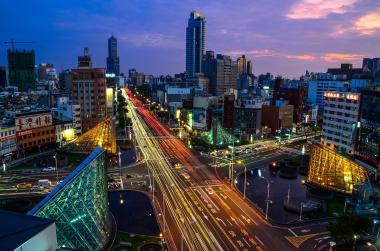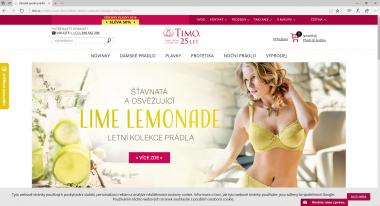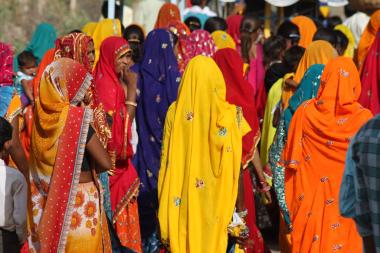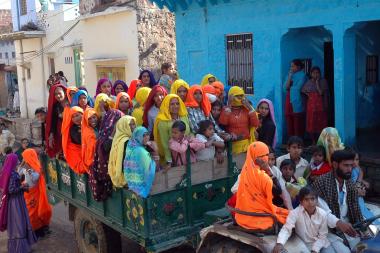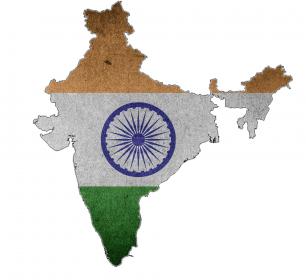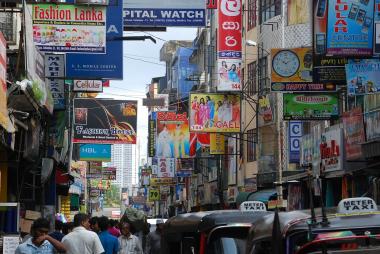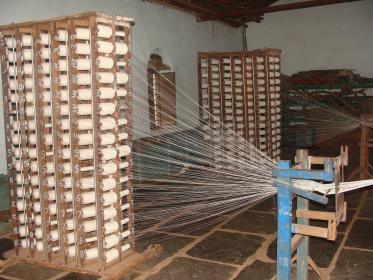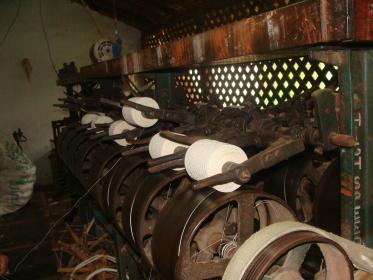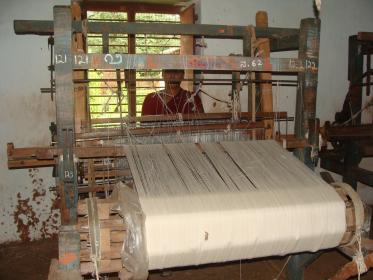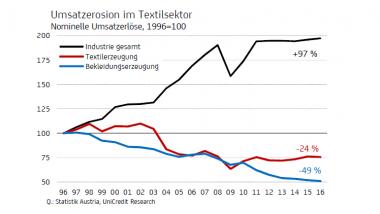TURKISH APPAREL MANUFACTURERS ANNOUNCE INVESTMENTS
- Capacity expansion planned by 20 percent
Istanbul (GTAI) - Several major apparel manufacturers plan to significantly expand their production capacities in 2019. The modernization of the factories is on the agenda as well.
Turkey's export-oriented clothing industry scores at European customers with good quality and above all with short delivery times. Recently, they have significantly increased their orders, according to industry sources.
The good order situation is prompting Turkish clothing manufacturers to investments. The 28 larger companies plan to spend around 100 million US dollars in 2019 to expand their capacities. This is the result of a study conducted by the Turkish business magazine Ekonomist (December 9, 2018 issue) in cooperation with the Garment Industry Association TGSD.
On average, the companies aimed to increase their capacity by around 20 percent in 2019, the report says. They expected their sales to increase by 15 to 35 percent.
The clothing manufacturer Taha Giyim (http://www.tahagiyim.com), supplier of LC Waikiki, plans to expand its production in the Malatya organized industrial zone. The company plans to invest a total of Turkish Lira 32.2 million (TL; about USD 6.7 million; USD 1 = 4.81 TL) in this project this year and increase its annual shirt production capacity to 2 million pieces. The company is aiming for its sales growth of 40 percent in 2019. In 2018, the estimated revenue was about T.L. 2.5 billion or about USD 520 million.
Higher production of men's outerwear
The company TYH Tekstil (http://www.tyh.com.tr), which manufactures men's outerwear in six plants, plans to expand its production capacity by 15 percent from the current 20 million units per year in 2019. Investments of TL 15 million TL are planned in Akhisar/Manisa (Western Turkey) and Ordu (Black Sea region). The company exports most of its products to the European Union. The aim is to increase deliveries to the USA. The estimated turnover of around USD 140 million in 2018 is expected to increase by 15 percent in 2019.
The manufacturer Yesim Tekstil (http://www.yesim.com), which sews for large textile companies such as Inditex, Esprit and Tommy Hilfiger, plans to double its turnover from around US$ 300 million (2018) to US$ 600 million by 2022. The technological infrastructure (industry 4.0, digitization, cloud computing) is to be expanded. The investment budget for the next five years for the procurement of machinery, plant, software and licenses totals USD 14.4 million.
Denim article manufacturer expands capacities
The manufacturer of denim articles, Calik Denim (http://www.calikdenim.com), plans to increase its production capacity by 30 percent in 2019 with a further USD 8.4 million and to push forward with the modernization of its manufacturing processes. Last year, the company stated that it had invested a total of USD 44.7 million. Calik Denim's goal is to increase its current annual capacity from 44 million meters to 60 million meters by 2020. For 2019, the company is targeting sales growth of 22 percent (2018: USD 189 million).
The company Migiboy Tekstil (http://www.migiboy.com) plans to build a fourth plant for TL 100 million in which previously imported textile raw materials should be produced. The company's goal is to triple its turnover of around TL 300 million (2018) over the next five years.
Sector network of Turkish companies abroad grows
The increasing internationalization of the clothing business is also contributing to the export success. Turkish textile trading companies have opened more than 2,000 branches abroad in recent years. The Koton company alone is growing by 30 percent annually. In 2017, the company ordered goods worth TL 1.8 billion from Turkey for its foreign business. In the foreseeable future, Koton intends to increase its procurement share from Turkey from the current 85 percent to 90 percent. Koton has 516 branches in 29 countries and employs about 10,500 people.
Hadi Karasu, President of the Industry Association (TGSD), sees potential in the German market in particular that has not yet been fully exploited. So far almost one fifth of Turkish clothing exports go to Germany. Karasu believes a share of 25 percent as possible.
In 2018, the apparel industry increased its exports by 3.6 percent to USD 17.6 billion. For 2019, the association TGSD expects an increase of 10 percent. Production is expected to increase by 3 to 4 percent.
Further information to economic situation, sectors, business practice, right, customs and advertisements in Turkey are callable under http://www.gtai.de/tuerkei
www.gtai.de



